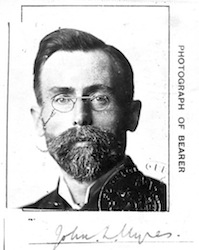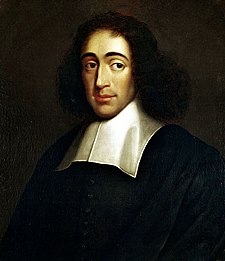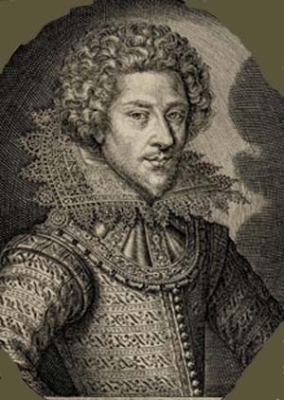Antonin Artaud, one of famous French surrealists, sums up the life of Dutch painter Vincent van Gogh, in Preface for his work titled Van Gogh, in the following way:
‘One can speak of the good mental health of van Gogh who, in his whole life, cooked only one of his hands and did nothing else except once to cut off his left ear’ (http://books.google.co.uk/books?id=SWu4SB92fHMC&pg=PA608&lpg=PA608&dq=antonin+artaud+van+gogh+left+ear&source=bl&ots=rSlBDomHNm&sig=uOC_6Xo6wCTbWxKT5RaVEQ7YXTk&hl=en&ei=XnCEToHQIMagmQX71un5Dw&sa=X&oi=book_result&ct=result&resnum=2&ved=0CCcQ6AEwAQ#v=onepage&q=antonin%20artaud%20van%20gogh%20left%20ear&f=false).
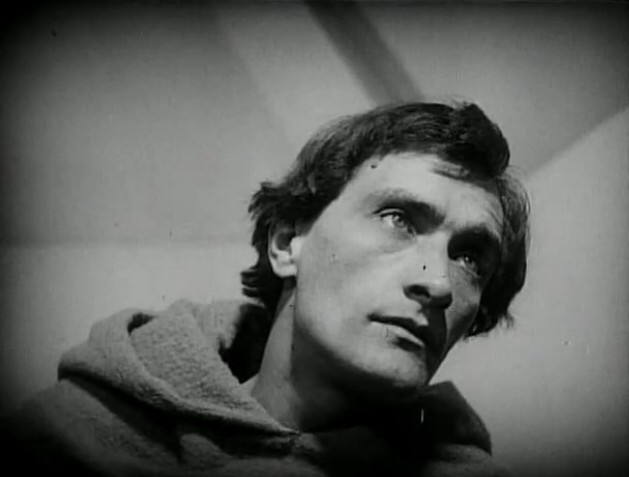 |
| Antonin Artaud |
Regardless to whether it could be appropriate to describe such horrible events were done in ‘the good mental health’ or not, it would be intriguing to make sure what exactly happened in the painter’s real life. To have certain ideas on these incidents, it would be handy to have a look at following summaries from a relatively reliable biography of Vincent van Gogh that would be easy to be found on the internet:
The first event took place in the summer of 1881, when Vincent van Gogh was 28 years old. At that time, he was living in Etten, a small village in the south of The Netherlands, with his parent. It is known that Vincent ‘applied for study at the Ecole des Beaux-Art in Brussels’ (http://www.vggallery.com/misc/bio.htm) prior to the summer, biographers disagree on whether his application was accepted or not. Whatever the case, the event took place during he was living in Etten, and soon after he came across with a girl called Kee:
‘he met his cousin Cornelia Adriana Vos-Stricker (Kee). Kee… had been recently widowed and was raising a young son on her own. Vincent fell in love with Kee and was devastated when she rejected his advances… After being spurned by Kee, Vincent decided to confront her at her parents’ house. Kee’s father refused to let Vincent see his daughter and Vincent, ever determined, put his hand over the funnel of an oil lamp, intentionally burning himself. Vincent’s intent was to hold his hand over the flame until he was allowed to see Kee. Kee’s father quickly defused the situation by simply blowing out the lamp and Vincent left the house humiliated’ (ibid).
For reading the text in full: http://wrex2009.wordpress.com/2011/10/10/tales-about-vincent-van-gogh-in-antonin-artaud-and-in-a-biography/
An informative Vincent van Gogh website: https://www.artsy.net/artist/vincent-van-gogh








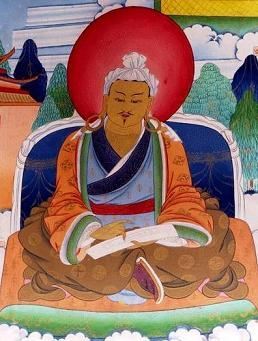

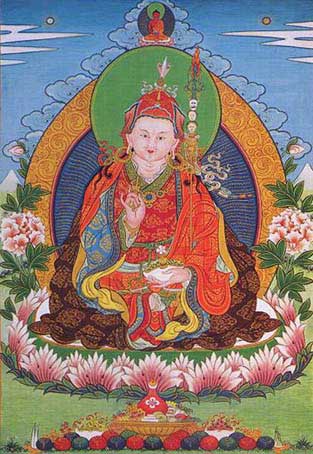



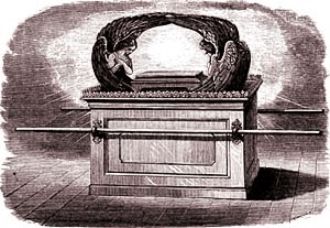
1323552507550.jpg)
